15 Times Hollywood Got Castings Totally Wrong (And Fans Still Complain)

We’ve all watched a movie and thought, “Wait… that’s who they cast?” Sometimes Hollywood swings for the fences and whiffs so hard fans are still grumbling years later.
From whitewashing to eyebrow-raising accents to choices that just ignore the source material, these misfires have become legend. Buckle up for 15 casting decisions that launched debates, memes, and eternal message-board wars.
1. Tom Cruise as Jack Reacher – “Did You Even Read the Books?”
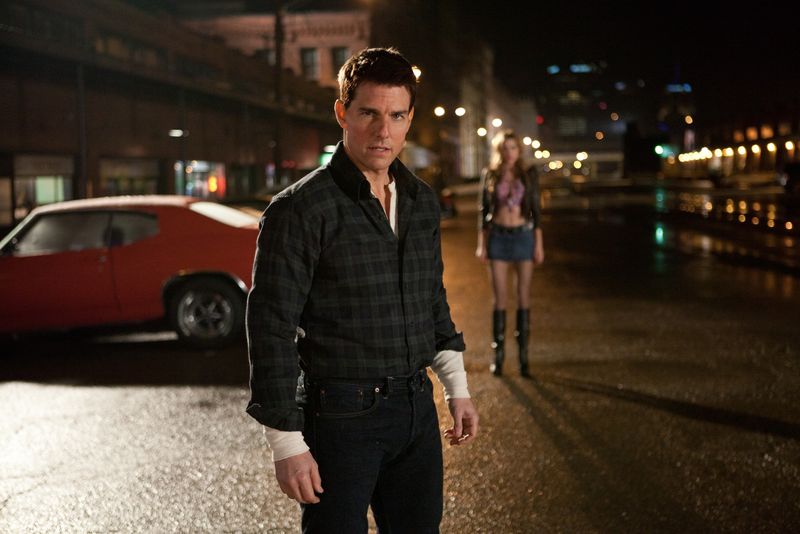
On paper, a global action superstar sounded like a safe bet for a tough-guy drifter. Yet readers of Lee Child’s series couldn’t unsee the gulf between the novels’ six-foot-five wrecking ball and a compact, polished icon. Physicality isn’t everything, but Reacher’s intimidating bulk is practically a plot device—a human crowbar in denim. Fans argued the vibe felt Hollywood-slick where the books were sinewy and blunt.
To Cruise’s credit, the fights thudded, the pacing clipped along, and the charisma never dipped. Still, the adaptation seemed to sand off the character’s feral edges. Instead of a looming phantom, audiences got precision-engineered charm. That mismatch left a persistent itch.
The enduring gripe isn’t about acting chops—it’s essence. Readers wanted a walking warning sign, not a sleek assassin. The series reboot with Alan Ritchson? That finally scratched it.
2. Jesse Eisenberg as Lex Luthor in Batman v Superman
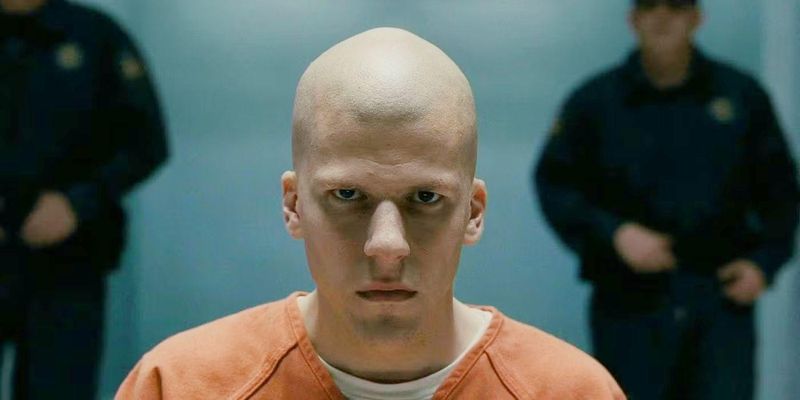
Corporate supervillainy usually arrives cool as ice, measured and terrifyingly logical. What audiences got instead was jittery bravado—a buzzed, tech-bro imp who spouted riddles like a start-up pitch gone feral. Some appreciated the attempt at a modern tycoon archetype, but many missed the cold, chess-master cruelty. The tone felt more erratic TED Talk than operatic nemesis.
Comic purists saw a legacy character reshaped into a nervous meme factory. The famous intellect seemed buried under tics and winks. Without that intimidating composure, the gravitational pull of Lex versus Superman weakened. A villain should anchor the storm, not become it.
Blame falls partly on direction and writing, yet the casting magnified the choices. Fans never stopped asking for a bald, coiled cobra of a man. Instead, they got a caffeinated disruptor wearing villainy like a hoodie.
3. Jared Leto as The Joker in Suicide Squad
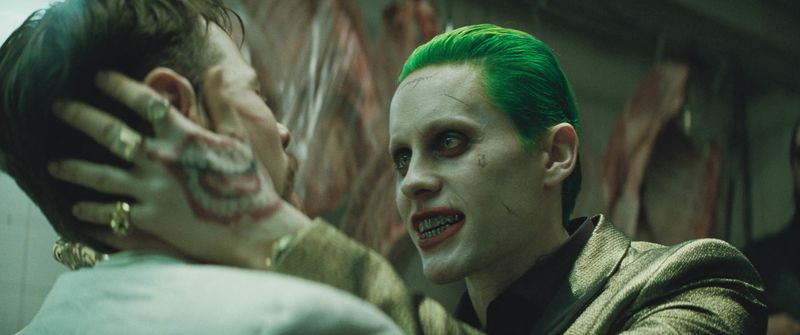
Shock value arrived prepackaged with grills, tattoos, and a club-owner swagger that screamed try-hard. The Joker is chaos distilled, but this incarnation felt like an Instagram brand collab—a character designed for promo stills. Comparisons to Heath Ledger’s raw menace didn’t help, casting a long shadow over every purr and giggle. Fans wanted unpredictable; they got overproduced.
The performance flirted with danger yet rarely pierced it. Moments landed, then evaporated under the weight of aesthetic choices. Instead of timeless psychopathy, the vibe was Hot Topic mob boss. The mystique evaporated into glossy sheen.
Editing woes certainly hurt, but the core disconnect remained: theatrical excess without soul-deep madness. Audiences yearned for unnerving spontaneity, not curated edge. Years later, discussions still circle the same point—style can’t substitute for a terrifying center of gravity.
4. Sofia Coppola as Mary Corleone in The Godfather Part III
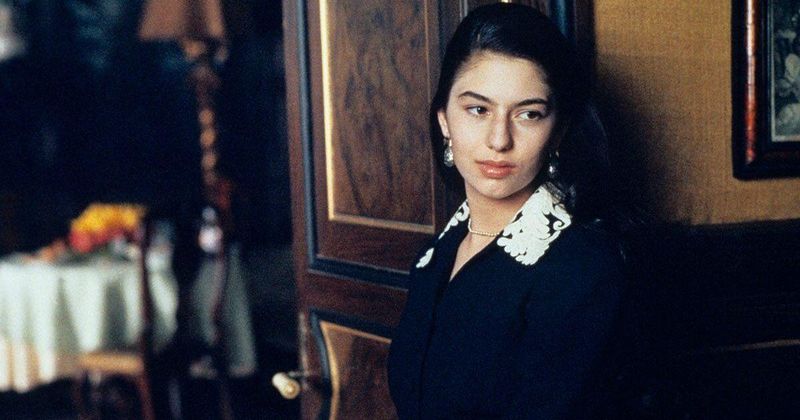
Legacy hangs heavy in the Corleone saga, and this role bore the weight of a dynasty. Sofia Coppola’s presence—amid whispers of nepotism—invited scrutiny before the first line. Once delivered, those lines landed flat, draining heat from pivotal scenes. In a franchise defined by volcanic undercurrents, emotional resonance felt frustratingly distant.
It’s not that she lacked poise, but the part demanded layered vulnerability and combustible chemistry. Instead, the performance skated over surfaces, never cracking the marble. Viewers sensed what might have been with a seasoned actor in the slot. The missed potential haunted the film’s coda.
Time has softened some critiques, while others have calcified into legend. The debate persists: bold experiment or fatal misread? For many, it remains the franchise’s one glaring blind spot, proof that even masterpieces can stumble at the finish.
5. Denise Richards as Dr. Christmas Jones in The World Is Not Enough
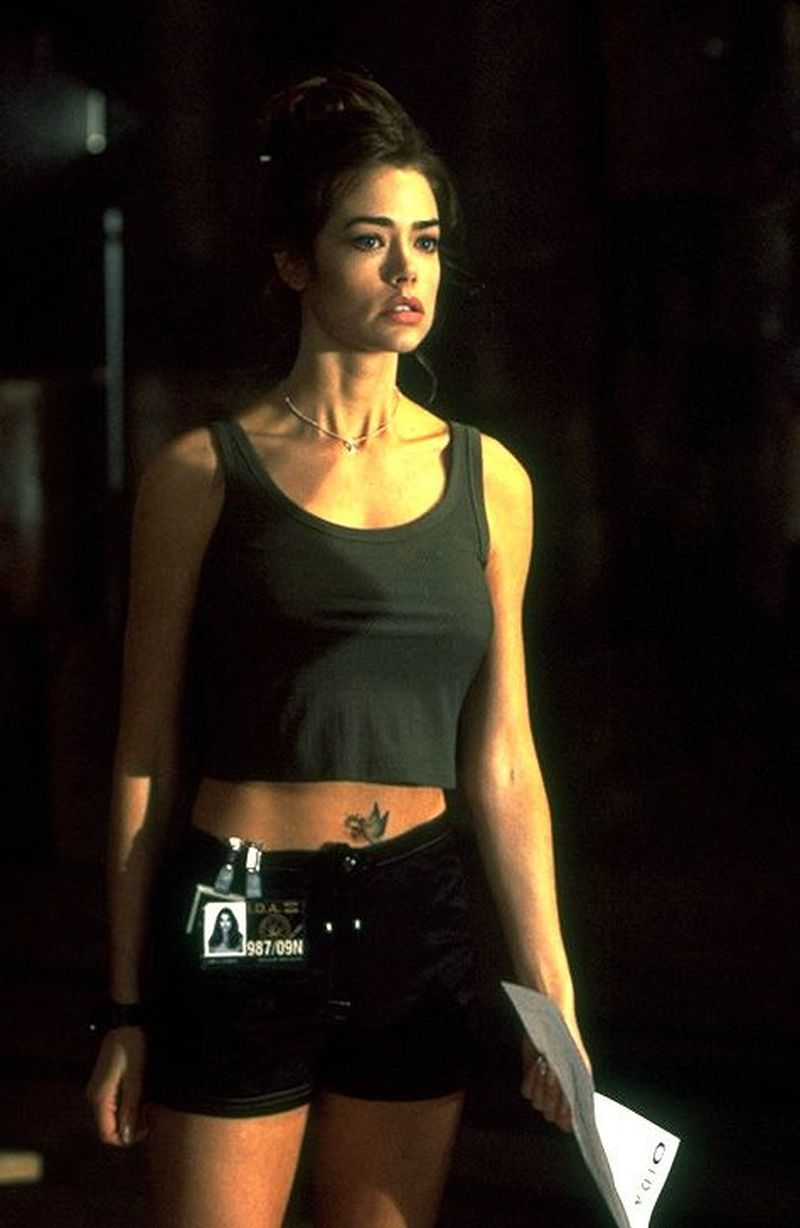
Bond films famously blend brains and beauty, yet suspension of disbelief has limits. Audiences struggled to accept a tank-top-wearing nuclear physicist who looked ready for a runway, not a reactor. The issue wasn’t attractiveness; it was credibility. Scientific jargon floated like party confetti, never connecting to character.
Richards tried to thread earnestness through a script that winked too hard. Unfortunately, the movie’s tone treated expertise as a prop rather than a foundation. Fans rolled their eyes whenever equations met quips. The role felt engineered for posters instead of plot.
In a franchise with brilliant women who command every frame, this portrayal lacked heft. The joke name didn’t help, aging like leftover eggnog. Years later, it’s a go-to example of Bond’s worst instincts: style devouring substance, and character sacrificed for a cheeky punchline.
6. John Wayne as Genghis Khan in The Conqueror
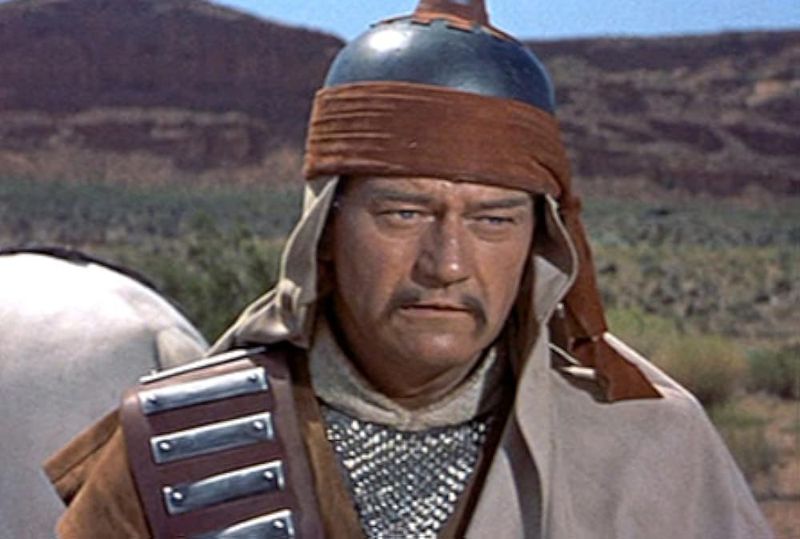
Few casting choices clang as loudly across time as this one. A quintessential American cowboy stepping into the boots of a Mongol conqueror created instant dissonance. The accent, the swagger, the iconography—all wrong, all at once. Hollywood’s old habit of slathering makeup over heritage was laid bare.
Even beyond representation, the performance never transcended the disconnect. Instead of empire-forging ferocity, viewers saw a costume party with misplaced gravitas. The film became a cautionary tale, a history lesson in what not to do. Authenticity was replaced by bravado in borrowed clothes.
Modern audiences revisit it with a wince and a warning. Casting isn’t just optics; it’s the soul of the story. This mismatch turned a would-be epic into a museum piece of misjudgment—cited whenever Hollywood forgets that identity and context matter.
7. Scarlett Johansson as Major in Ghost in the Shell

Cyberpunk owes its heartbeat to Japanese aesthetics and philosophy, so the casting stung globally. Scarlett Johansson’s star power couldn’t mask the cultural erasure baked into the decision. Slick visuals and elegant choreography felt impressive yet hollow. The shell gleamed; the ghost didn’t belong.
Debates about adaptation swirled, with studio defenses citing universality and new interpretations. Fans countered that authenticity isn’t a garnish but the main course. When a story’s identity is altered, resonance scatters. The result became a case study in modern whitewashing.
Despite moments of kinetic beauty, the film never outran its controversy. Audiences asked for representation that matched the source’s roots. Cast the world as it is, they argued, not as marketing forecasts. The lesson endures: aesthetic fidelity means little if cultural truth is recast.
8. Tilda Swinton as The Ancient One in Doctor Strange

Marvel aimed to sidestep stereotypes and landed in another trap entirely. Reimagining an Asian monk as a Celtic mystic swapped one issue for erasure. Tilda Swinton delivered poise and enigmatic calm, yet the absence echoed louder than the performance. Source roots matter, especially in global franchises.
Studios argued they modernized a dated trope, but fans saw heritage recast as exotic garnish. Representation isn’t solved by relocation; it requires inclusion. The character’s wisdom felt detached from its cultural lineage. Magic divorced from its makers loses gravity.
Debate aside, the backlash shaped future casting conversations in the MCU. Even a strong actor can’t plug a cultural gap alone. Audiences now demand alignment between role and identity—proof that progress is measured not just by intent, but by who gets the role.
9. Jake Gyllenhaal as the “Prince of Persia” in Prince of Persia: The Sands of Time
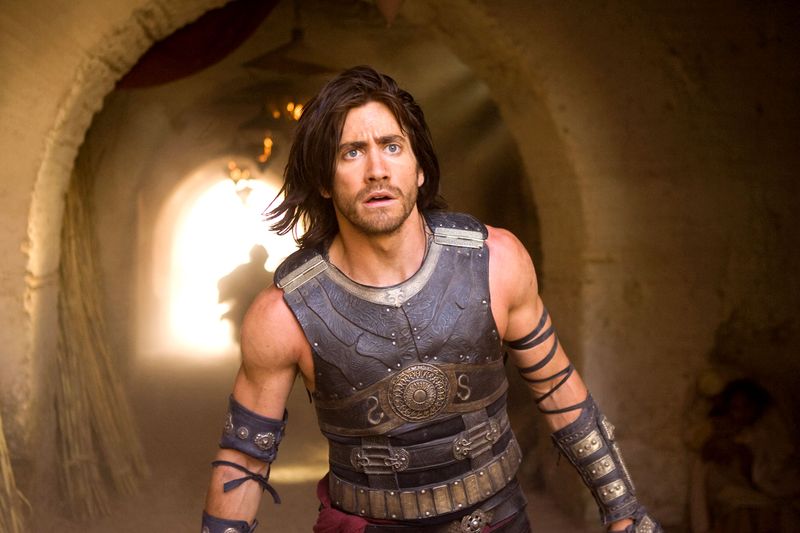
Parkour across sandstone rooftops and time-bending daggers promised pulpy fun. Still, audiences balked at a white lead embodying a Middle Eastern hero, especially in a film selling cultural spectacle. The accent work and bronzed look couldn’t bridge that credibility gap. It felt like myth dressed in mismatched skin.
Big-budget optimism collided with a growing demand for authentic casting. Viewers had begun voting with their wallets and words. The film’s legacy remains tangled in that tension. Adventure delivered; representation defaulted.
Gyllenhaal’s athletic charm wasn’t the cure for an ailing premise. No amount of sand-swept heroics erased the central misread. Today, it stands as a turning point example—proof that epic worlds ring hollow when the face at the center doesn’t reflect the culture it champions.
10. Topher Grace as Venom in Spider-Man 3
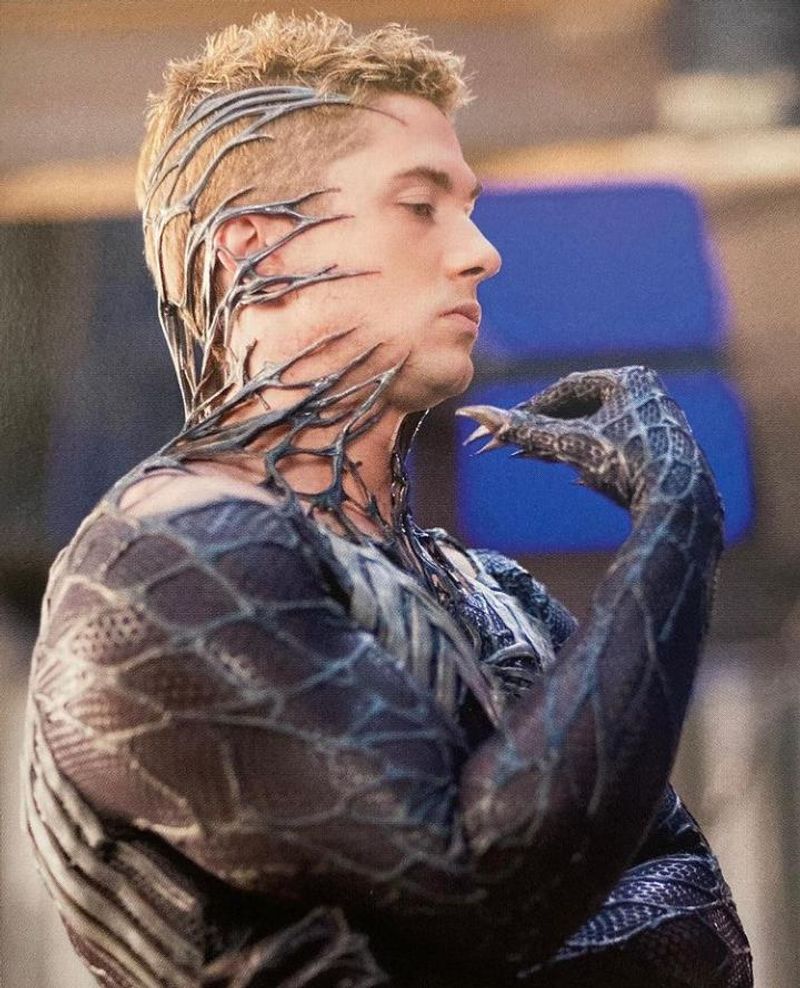
Few villains demand mass like Venom, a hulking embodiment of spite. Casting a wiry sitcom alum looked clever on paper—ironic subversion, perhaps—but the visual and tonal mismatch nagged. Without imposing presence, Eddie Brock’s menace wilted. The symbiote’s threat felt shrunken, not amplified.
Grace brought snark yet couldn’t conjure the gravitational dread fans expected. The film’s overcrowded plot didn’t help, cramming arcs into thin slices. When every storyline is urgent, none feel heavy. Venom needs weight—literal and emotional.
Later iterations flexed the bulk and brutality, reframing expectations. In retrospect, this version resembles a rough draft that forgot the bold font. Comic lovers still cite it as a lesson: some characters don’t survive winking re-interpretations. Sometimes you just need a monster who fills the frame.
11. Russell Crowe as Javert in Les Misérables
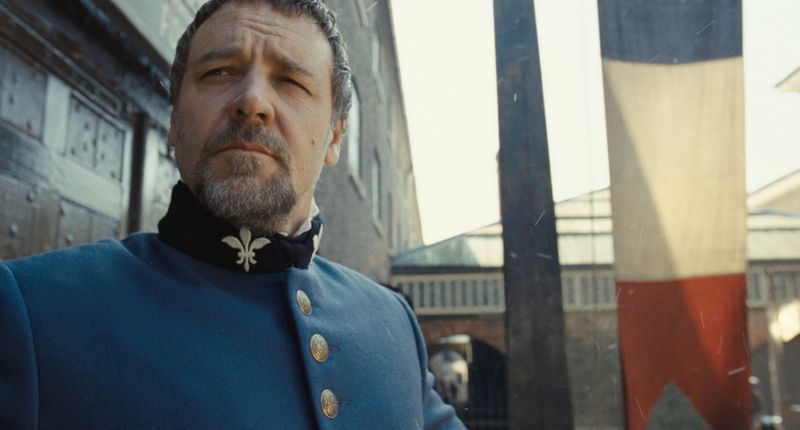
Acting gravitas met a score that demanded lung-busting precision. Crowe’s stoic presence fit the lawman’s steel, but the vocals often hovered between speaking and singing. Musical theater devotees craved the soaring authority Javert commands. Instead, melodies felt caged by caution.
The film’s live-singing approach exposed every wobble. Where others leaned into vibrato and phrasing, he mapped notes like checkpoints. Dramatic intensity survived, yet musicality lagged behind. For a role defined by relentless conviction, the voice must thunder.
Respect for the attempt doesn’t erase the mismatch. Viewers left with a sturdy performance wrapped in underpowered sound. The consensus formed quickly: cast singers for musical mountains. Crowe’s Javert became the cited example in every debate about star power versus vocal power.
12. Keanu Reeves as Jonathan Harker in Bram Stoker’s Dracula

Gothic melodrama likes its leads marinated in period nuance. Keanu Reeves, magnetic in modern roles, struggled to lace that corset tight. The accent wobbled like a carriage wheel, yanking viewers out of the trance. In a film drenched with excess, authenticity became a lifeline he couldn’t grasp.
It wasn’t for lack of effort; the production’s grandeur could overwhelm anyone. Surrounded by titans chewing velvet scenery, he felt stranded. Harker needs sincerity that melts into dread. Instead, polish clashed with old-world textures.
The result became a cult curiosity: beloved movie, infamous miscasting footnote. Fans still affectionately roast those vowel sounds. Reeves rebounded elsewhere, but here the fit squeaked. Sometimes the cape wears the man, not the reverse, and the seams show every time he speaks.
13. Cameron Diaz as Jenny in Gangs of New York
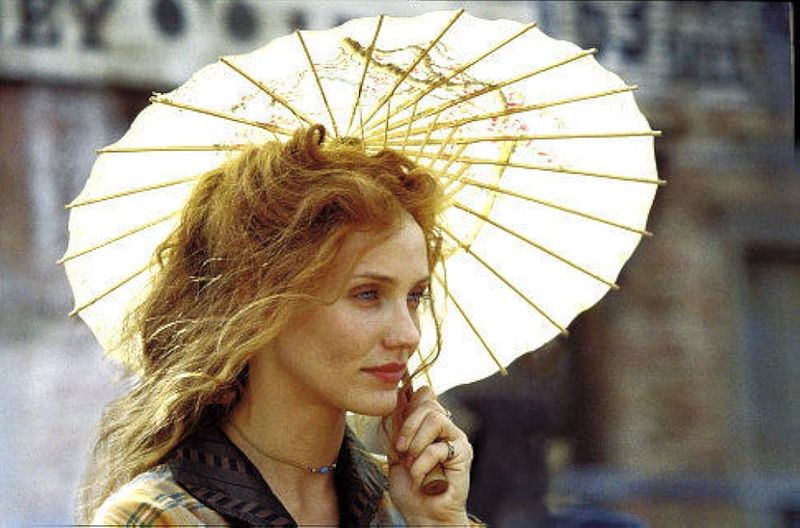
Scorsese’s Five Points is all knives and nicotine, a world where every syllable scrapes. Cameron Diaz brought star wattage but couldn’t fully tune her instrument to that filthy orchestra. The accent drifted, the presence flickered, and scenes lost traction beside volcanic co-stars. Chemistry needs friction; this felt like static.
The character’s toughness read in gestures, not marrow. Against Daniel Day-Lewis’s blade-edged magnetism, the imbalance grew stark. A sharper-cast foil might have sparked brighter fires. Instead, several beats landed with muted thuds.
Fans still argue the role asked for grit marinated in theater-grade dialects. Diaz’s charm wasn’t the currency this market demanded. Great films can survive a soft spot, but devotees remember the bruise. In the ledger of near-misses, this one tallies loudly.
14. Halle Berry as Catwoman (2004)
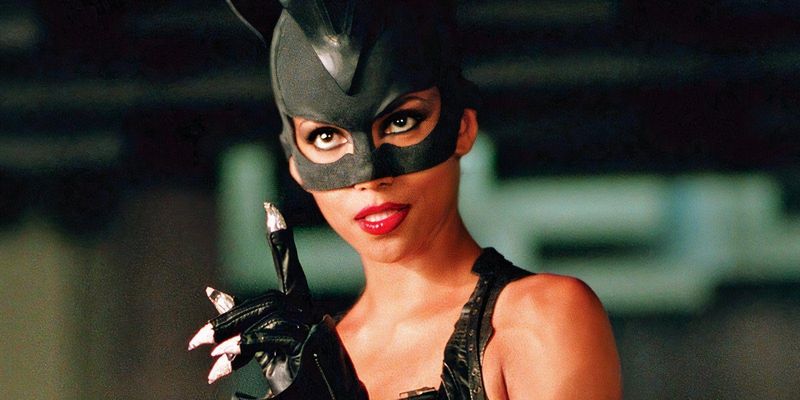
Talent wasn’t the problem; the blueprint was. This Catwoman bore almost no resemblance to the iconic thief fans love—new name, new lore, new nonsense. Berry gamely leapt through CGI hoops while the script played a different sport entirely. Mismatch turned a star vehicle into a skid.
Characterization veered from sultry antihero to campy perfume-war vigilante. Stakes felt perfumed, not perilous. Without grounded motivations, the performance had nothing to claw into. Style slunk where substance should’ve stalked.
Audiences still file it under “miscast,” though “misconceived” might be fairer. A great actress trapped in a wrong-headed container becomes the face of the failure. Lessons learned? Don’t reinvent the cat by erasing her stripes. Give claws, not catchphrases, and the rest will purr.
15. The Main Cast of The Last Airbender (2010)

Beloved animation met live action with a thud heard across four nations. Fans saw heroes inspired by Asian and Inuit cultures recast through a white lens, draining the world’s heartbeat. Performances felt stiff, pronunciations jarred, and the spark that made bending exhilarating fizzled. The spirit animal was confusion.
Beyond casting, direction and pacing sapped energy from the page. However, representation missteps framed every flaw in neon. When identity informs mythology, swapping faces dims the lantern. Audiences wanted a faithful bridge, not a detour.
The fallout reshaped adaptation checklists: consult creators, honor cultures, cast accordingly. Years later, the series remains a caution sign for studios planning beloved properties. Get the fundamentals right, and everything else can flow. Get them wrong, and no amount of CGI can quench the backlash.

Comments
Loading…